I Tried Light Therapy for Seasonal Affective Disorder
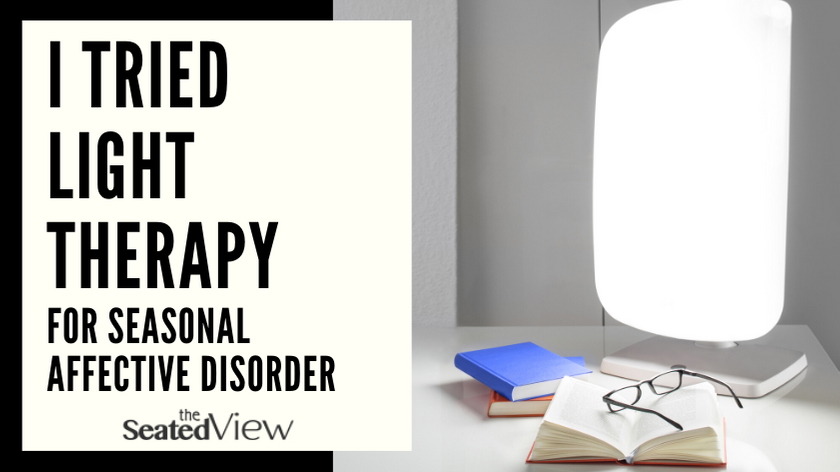
It arrived like clockwork the second week of February. I’ve had Seasonal Affective Disorder for as long as I can remember, as do several other people in my family. This year’s was a humdinger. I started isolating (remember this was before COVID-19), the world lost its colours, I got really sad, and writing became extremely difficult. It took more effort for fewer and more lifeless words and that made me even sadder.
My doctor has previously recommended light therapy, but I never got around to it — Spring would happen, I’d go outside and get some sun, and feel better. Until the next February rolled around. But this time, it was clear that I needed to take action quickly. So I did some looking around, found one backed by research and bought the Carex Day-Light Classic Plus Bright Light Therapy Lamp.
This post contains affiliate links. If you click on the link and make a purchase, I may receive a small commission at no extra cost to you. Read more about why and how that works on my disclosure page.
What is seasonal affective disorder and why can light therapy help?
Seasonal effective disorder — commonly known as SAD — is a type of depression that happens seasonally, usually at the same time every year and most often in the fall and winter. Symptoms are similar to those of “regular” depression, and tend to show up at the same time of the year and then disappear again. My depression starts building in January, peaking to significant in early February. Once April rolls around, it tends to go away again for another year.
SAD tends to happen more in women, people who live far away from the equator (both North and South). The theory is that it’s related to changes in available light interfering with serotonin levels or your biological clock.
This condition can be treated with talk therapy and medication, but light therapy is the most commonly suggested remedy. This involves sitting in front of a very bright light for at least 20-30 minutes a day. Not just any bright light will do. Your lightbox (as it is also called) should expose you to 10,000 lux of light while in meeting as little UV light as possible to protect your eyes. There are contraindications to using light therapy, including being bipolar and certain eye conditions. If you have a condition that is triggered by bright light, e.g., migraine, this may not be the option for you. Always talk to your doctor before taking actions on your depression.
My first week of light therapy
Based on my research, I expected needing two months of steadily using my light therapy lamp befor seeing results. I was okay with that. I’d waited for RA treatments to take effect for months, so why not depression treatment? So I set up the lamp in my living room and started sitting in its bright light 20 minutes a day, usually with my morning coffee.
My expectations turned out to be completely unrealistic. I felt better on day 4! Initially, I shrugged it off, thinking about placebo effects and how just taking steps to remedy a problem can make you feel as if something is happening. But two days later, I wrote this:
Day 6. It’s working. Really working. I didn’t fall asleep until 3 AM last night — I kept waking up and feeling really awake. And I am not exhausted today! Just wrote for almost two hours and it wasn’t a fight! I am less tired, more focused, some improvement in mood, maybe even less pain?
If you want to go back and read that paragraph again, I’ll wait here for you. In fact, I think I want to read it again myself. It reminds me of how bloody miraculous it has been!
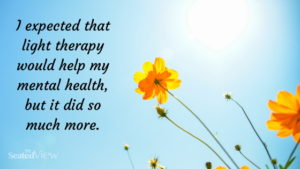
After one month of light therapy
I’ve used my lightbox for a month now and the effects on my health have been incredible! I expected that light therapy would help my mental health, but it did so much more. I’m sleeping better, wake up feeling rested — and those of you who live with chronic illness, such as rheumatoid arthritis, know how rare that can be — I have energy, and my brain fog has lifted. My ability to focus has improved by leaps and bounds, and my writing brain is back. I have written more in the last 30 days than I did in the previous three months. And it’s fun again!
The effects on my pain levels are not quite as obvious, but I think it’s safe to say that light therapy has helped my pain levels, as well. My RA is well-controlled by a biologic medication, and last year, I started using CBD oil for fibromyalgia and PTSD/anxiety and it worked very well. I have noticed, however, that I’m not taking CBD oil every night as I have for the past year and supplemented by opioids for breakthrough pain. After light therapy, I use CBD oil every 2-3 nights and my breakthrough pain is much less. That usually doesn’t happen this time of year (winter is hard for several reasons).
Sure, I still have days with quite a lot of pain, still have days when my brain is fuzzy and uncooperative, and there are still days when I need to shift into focusing quite a lot on what my body needs. But overall, they are much fewer than before I started using a light therapy lamp.
I’m pretty sure I don’t need to tell you that my lightbox is worth every penny I paid for it. It’s kicked my SAD to the curb and I expect it’ll keep doing it for years to come.
But is also helping me to cope with the COVID-19 pandemic.
Could light therapy help you cope with COVID-19?
Halfway through the first month of light therapy, the world changed due to coronavirus and COVID-19. At the time of writing this, I am in self-isolation as required by all of our governments, and especially as required by my high-risk status due to being immunosuppressed.
The current state of world affairs has had an impact on all of us. Keeping your mental health steady is really hard when so much is happening so quickly and so darkly. Having to stay inside makes it even harder. My abilities cope relies a lot on being outside, feeling part of my community, connecting to joy and beauty through photography, and getting some sun and wind on my face. And I bet yours does, too.
Although I’d expected to pack away my lightbox for the summer season, I have decided to keep using it for as long as we have to practice physical distancing and self-isolation. My mental health and my physical health needs as much help as they can get so they can support me to get through this. I truly believe that my light therapy lamp is essential to that effort.
If you think your mental health food do with the booster, as well, check out the light therapy lamp I chose — it’s recommended by the Center for Environmetal Therapeutics.
Do you have SAD? How do you cope?
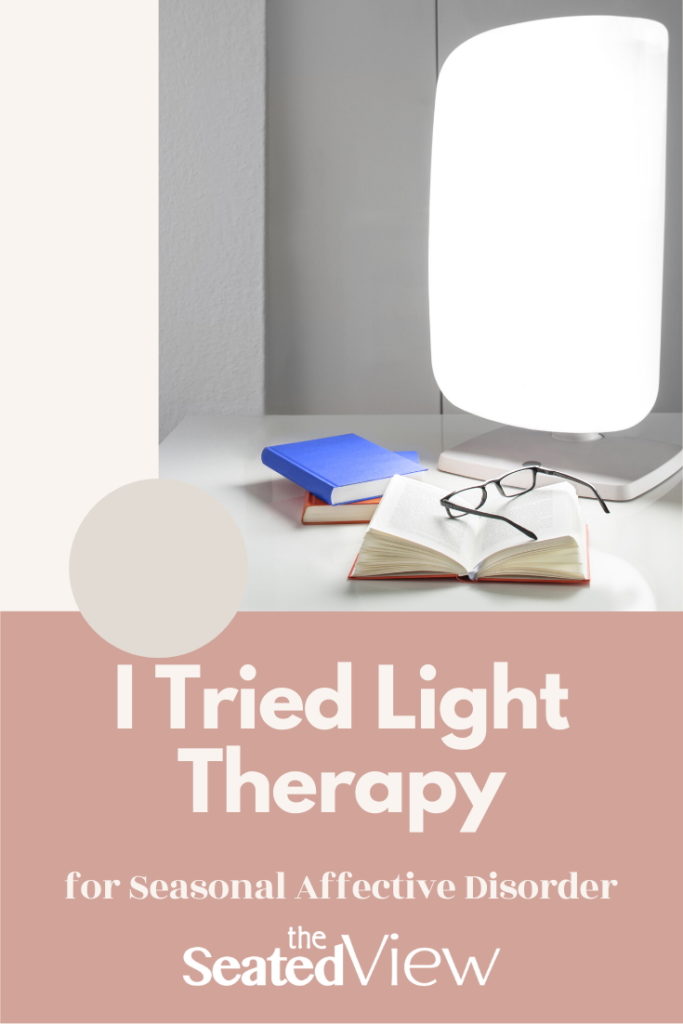
REFERENCES:
CAMH “Seasonal Affective Disorder (SAD).” https://www.camh.ca/en/health-info/mental-illness-and-addiction-index/seasonal-affective-disorder
Mayo Clinic “Light Therapy.” https://www.mayoclinic.org/tests-procedures/light-therapy/about/pac-20384604
Mayo Clinic. “Seasonal Affective Disorder Treatment: Choosing a Light Therapy Box.” https://www.mayoclinic.org/diseases-conditions/seasonal-affective-disorder/in-depth/seasonal-affective-disorder-treatment/art-20048298
Wirecutter. “The Best Light Therapy Lamp.” https://thewirecutter.com/reviews/best-light-therapy-lamp/
Tag: chronic pain, coping tools, coronavirus, covid19, depression, light therapy, lightbox, SAD, seasonal affective disorder, serotonin, winter
8 Comments
Read More
Discover what else I've been writing about...


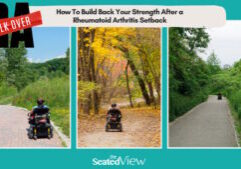
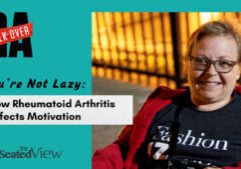
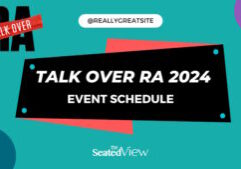




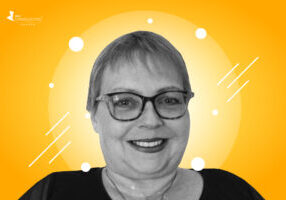
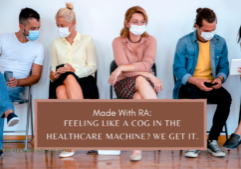
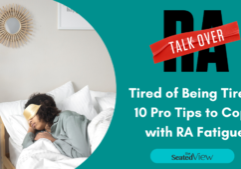
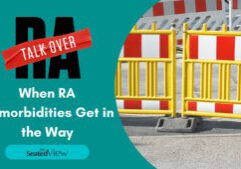
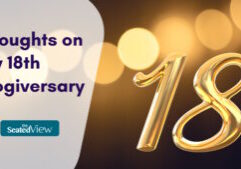
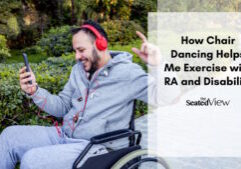
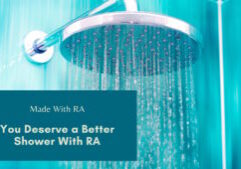
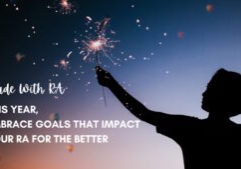
I just a lightbox every winter and I think it works too. I have it sitting on my desk and I use it for about 30 minutes and I definitely feel a difference as well. I’ve been using it for a few years now and usually break it out around January when it starts snowing. Luckily this year it has been a relatively mild winter in New York so I’ve been able to get outside a bit more than I have in previous years. SAD is real! Stay safe
I think its great that you can use it now during isolation, a lot of people may be feeling how you feel right now. Great post x
Someone I care about a lot suffers from this so I am going to get her this light. Thank you so much for sharing
I’ve been reading a lot into light therapy recently. I think it’s fascinating that we’ve been able to identify not only what’s happening when soemeone is facing seasonal affective disorder, but also to find a way to try to combat that. Sure, we can’t just make the weather change to allow us to get outside and soak up that sunshine all the time, but this is really the next best thing!
sounds interesting. I have never tried but I think I should as we are lacking sunlight during winter a lot
Never heard of light therepy. I have never really thought about it but sometimes because I work inside so much this may help me with my low energy in the evening. Thank you for the insight and understanding.
SAD can be a huge problem and some people still don’t realise that could be causing or contributing to their depression. This is such a good post to show that a lightbox really can help. Thanks for sharing.
I’ve heard of light therapy, but never knew anyone who had tried it before. I was always curious if it actually worked, and I’m excited that it did for you. I wonder how many people suffer from SAD and don’t even realize it? It’s just the normal for them every year. Hopefully more people will look into this and give it a try.